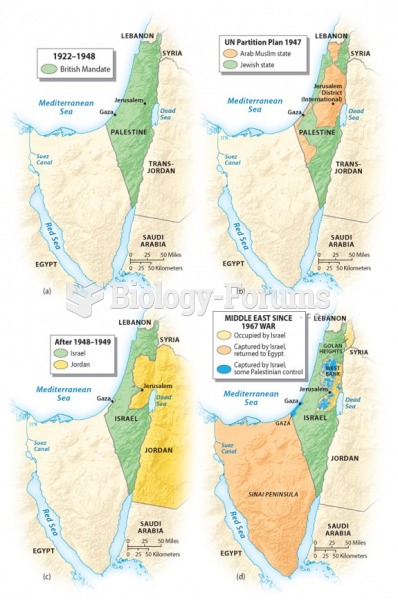Answer 1
Answer: The ideal answer should include:
1. A key characteristic of the civil rights movement of that period is that it was led primarily by African Americans from the South.
2. Young people, both black and white, came to play a key role in these efforts.
3. One key organization was the Southern Christian Leadership Conference, a group of religious leaders who were led by Martin Luther King, Jr.
4. Another important organization was the Student Non-Violent Coordinating Committee or SNCC. SNCC focused on mobilizing local communities, organizing sit-ins and other non-violent actions.
5. The movement had many set-backs and successes along the way, culminating with the Civil Rights Act of 1964 and the Voting Rights Act of 1965.
6. Martin Luther King, Jr. was the most visible leader of the movement, but there were many others, including James Farmer, Fannie Lou Hamer and Rosa Parks.
Answer 2
Answer: The ideal answer should include:
1. Kennedy's mystique helped America to be more optimistic in the early 1960s. No president had shown such verve since Teddy Roosevelt. People talked about Kennedy'scharisma, his ability to lead by sheer force of personality.
2. He showed poor judgment in allowing the Bay of Pigs invasion against Cuba it was an unmitigated disaster.
3. By contrast, he showed nerve and cool judgment in standing up to the Soviet Union in the Cuban Missile Crisis.
4. After the missile crisis showed his toughness, Kennedy was willing to take a step toward disarmament by signing the Limited Test Ban Treaty, which outlawed nuclear testing in the atmosphere, in outer space, and under water, although not underground.
5. Kennedy was a mix of idealism and cold war hawkishness, a combination that seemed to predict the struggles that lay ahead in the rest of the decade.
Answer 3
Answer: The ideal answer should include:
1. Containment drove U.S. foreign policy in this period.
2. Samples of this policy include: the Korean War, the standoff in Berlin, the Cuban Missile Crisis, and the start of the Vietnam War.
3. The policy of containment was both helpful and harmful harmful in that it got the United States involved in a number of wars, but beneficial in that it prevented any efforts at expansion by the Soviet Union.
4. Some would argue that containment eventually led to the fall of the Soviet Union and its brand of communism.
Answer 4
Answer: The ideal answer should include:
1. Eisenhower continued the New Deal with the Federal Highway Program.
2. He also acted in the spirit of the New Deal with his program of urban renewal.
3. Lyndon Johnson continued the New Deal with many of his Great Society programs.
4. Federal legislation brought victory in some of the struggles for civil rights.
5. Johnson launched the War on Poverty, expanded health insurance with programs like Medicare and Medicaid, provided aid to education with programs like Head Start, and opened an era of environmental protection.







